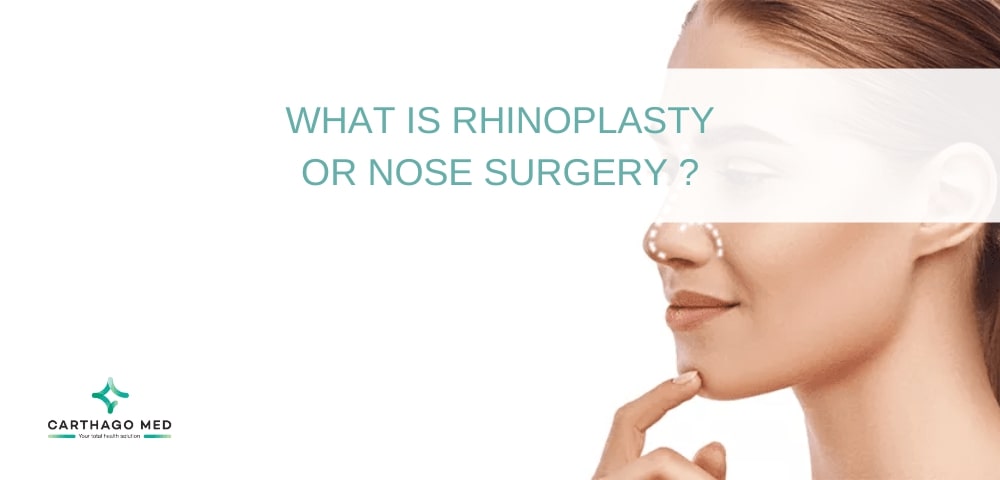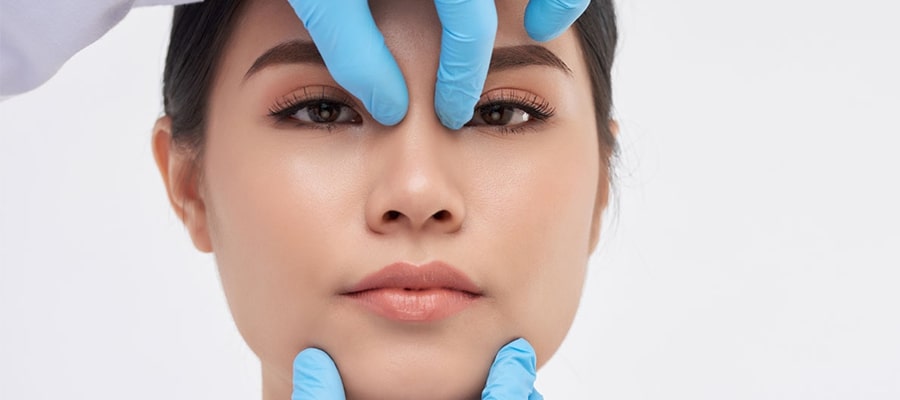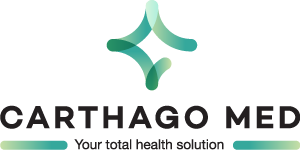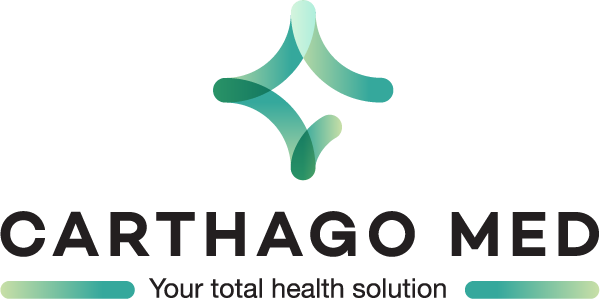
What is Rhinoplasty or Nose Surgery?
What is rhinoplasty surgery?
Rhinoplasty is a cosmetic surgery procedure that corrects the nose shape: hump, shape of the tip, width, size of the nostrils, deviation. Septoplasty corrects the function of the nose: ensuring proper breathing. If the operation is related to functional disorders or malformations as sequelae of cleft lip and nose and other nasal malformations, ventilation problems related to the nasal valve, sequelae of nasal trauma (ensellurement, deviation), the operation may be covered by the health insurance. Otherwise, it is a cosmetic surgery procedure, which is not covered by the insurance company : you are responsible for all costs and no work stoppage can be prescribed.

What will happen before my operation?
The plastic surgeon must talk to the patient in order to analyze his request and motivations before a rhinoplasty. He performs a clinical examination: endo-nasal examination, study of the nasal bone pyramid and of the facial skin. The expected result can be visualized and discussed based on projections by photographic retouching or computer morphing. The anesthesiologist then performs a pre-operative assessment. A delay of several weeks must be respected between the first consultation, the decision and the surgical act, so as not to decide on the operation in haste and to benefit from the recommendations of the plastic surgeon to ensure the smooth running of the operation.
What factors should I consider when choosing a surgeon?
The best way to be sure of the credibility of a plastic surgeon remains his status, his diplomas and his experiences. For a first criterion of selection, find your plastic surgeon in the list of practitioners recognized by the order of doctors. It is good to know that any doctor can try plastic surgery but only those recognized by the order of doctors are admitted as specialists in plastic reconstructive and aesthetic surgery, their curriculum being authentic.
The transparency of the price can also be a criterion of choice. To choose your practitioner, prefer those who show a total transparency at the level of the price. Many cosmetic surgeons give you details on the price of each type of procedure and what is included in this price or at least the practitioner gives you a price range. You will find these on the practitioner’s website, a site that serves only as an information portal, more than an advertisement.
A good plastic surgeon will be the one who will not say yes to all your requests, even the most extravagant. The good surgeon will say no to a risky operation. A good plastic surgeon will also take into account the details of your health: medical history, alcohol or cigarette consumption, sugar level, etc … Another clue to recognizing a good plastic surgeon: he or she will ask you that your intention to undergo surgery be well thought out and not just a whim.
How can I help my operation be a success?
In the crucial two weeks leading up to the scheduled operation, several essential precautions should be observed. Firstly, it is imperative to abstain from consuming any medications containing aspirin during this period. Additionally, any ongoing treatments including oral contraceptives, must be disclosed to both the plastic surgeon and the anesthesiologist. They will then evaluate whether these treatments should be temporarily discontinued to ensure the safety of the procedure. Furthermore, it is strongly advised to cease smoking due to the elevated risks associated with smoking particularly the potential for tissue necrosis.
On the day of the hospitalization itself, specific guidelines must be strictly adhered to. To prepare for the surgery it is crucial to refrain from consuming any food or beverages for a minimum of six hours prior to the procedure, as the operation is typically performed on an empty stomach. When arriving at the clinic or hospital, it’s important to present yourself without wearing any makeup. Additionally, choosing attire that is easy to put on and remove will facilitate the pre-operative pLastly, it is vital to note that if you fall ill or discover that you are pregnant on the day of the operation it is imperative to postpone the procedure for your safety and well-being. These meticulous pre-operative measures collectively contribute to ensuring a successful and safe surgical experience.
How is the surgery performed?
During rhinoplasty, the surgeon will make incisions inside the patient’s nose, in each nostril. In some cases, an incision may be made on the outside of the nose, across what we call the columella, so that the surgeon has easier access to the nasal structure. Once the incisions have been made, the surgeon can reshape the structure of your nose:
After the initial incisions have been carefully made, the skilled surgeon embarks on the intricate process of reshaping the nose. This surgical artistry involves a range of adjustments to achieve the desired results. The surgeon can elevate or extend the tip of the nose, giving it a more refined and balanced appearance. If the nose is overly lengthy or wide, they can skillfully reduce its dimensions to harmonize with the facial features. Moreover, any deviations in the nose’s alignment can be corrected, enhancing both its function and aesthetics. The bridge of the nose also receives attention, with improvements made to enhance its overall appearance. In some cases, the surgeon may even undertake a comprehensive reconstruction addressing all aspects of the nose including tissues, mucosa, cartilage, and the bone structure to achieve the desired transformation. Through these meticulous surgical techniques, the nose can be artfully sculpted to enhance both its form and function. Rhinoplasty is performed under general anesthesia. The duration of the procedure is estimated at 1h30 to 3h. An overnight stay in the hospital is necessary to allow the medical team to check on your health.
What is the alternative treatment?
If you want to reshape your nose, rhinoplasty might be the only valid option for you. Nevertheless, there are several types of rhinoplasty: aesthetic rhinoplasty, functional rhinoplasty, mixed rhinoplasty, septoplasty, ethnic rhinoplasty. However, if you’re exploring alternatives to rhinoplasty, there are a few options to consider. Non-surgical procedures like dermal fillers or Botox injections can provide temporary changes to the nose’s appearance. Keep in mind that these alternatives may not offer the same level of transformation as rhinoplasty, and their effects are often short-lived.
What to expect after the operation?
Following an aesthetic nose operation, you can anticipate a relatively mild level of pain, which can be effectively managed with prescribed painkillers. However, it’s important to note that the extent of discomfort related to breathing can vary from person to person and may linger for several days post-surgery. While pain is generally well-controlled, patients may experience some temporary challenges with breathing as the nasal tissues adjust and heal. These discomforts are a natural part of the recovery process and should not cause undue concern. Your surgeon will provide guidance and support to help you navigate this phase, ensuring that your journey towards your desired aesthetic outcome continues smoothly.
When remove the dressings?
Following the cosmetic procedure, typically, on the evening or the day following the surgery, the skilled cosmetic surgeon, along with the experienced nursing staff, delicately remove the post-surgical strands. This meticulous care ensures the patient’s comfort and healing process. Subsequently, the nasal splint, which plays a pivotal role in maintaining the desired shape and structure, is typically removed between 5 and 8 days post-surgery. This timing is crucial to allow for the body’s natural recovery and to ensure the best possible results.
What is the process of recovery?
following a nose reshaping procedure is a crucial phase in achieving your desired results. It’s important to be prepared for some common post-operative experiences. Swelling and bruising of the eyelids are typical occurrences, and while they can be initially concerning, they are usually temporary. The nose itself may remain noticeably swollen for a period of approximately 10 to 15 days. It’s advisable to plan for a temporary work hiatus, ranging from a few days to up to 10 days, depending on the nature of your profession and your individual healing process. This time off allows you to focus on your recovery and ensure that you’re taking the necessary steps for optimal healing.
During the initial three months post-surgery, it’s essential to exercise additional caution to prevent any accidental trauma to the nose. A protective mindset is crucial during this period, as even minor bumps or injuries can potentially impact your surgical outcome. By diligently following your surgeon’s guidelines and maintaining a delicate approach to your daily activities, you can support a smoother recovery process and increase the likelihood of achieving the nose shape you desire. Remember, patience and care during recovery are key to the long-term success of your aesthetic journey.
How long does it take to see the full results of a nose job?
The result of a nose job is almost immediate when the splint or cast is removed, but it is necessary to wait for the swelling to subside. The evolution is slow and subtle. Breathtaking result typically spans from 6 months to a year. This extended timeframe allows for the intricate process of healing, reshaping, and settling into the new contours of your nose. Patience and perseverance are key virtues during this phase, as they are ultimately rewarded with the realization of your vision for your nose and overall facial harmony.









